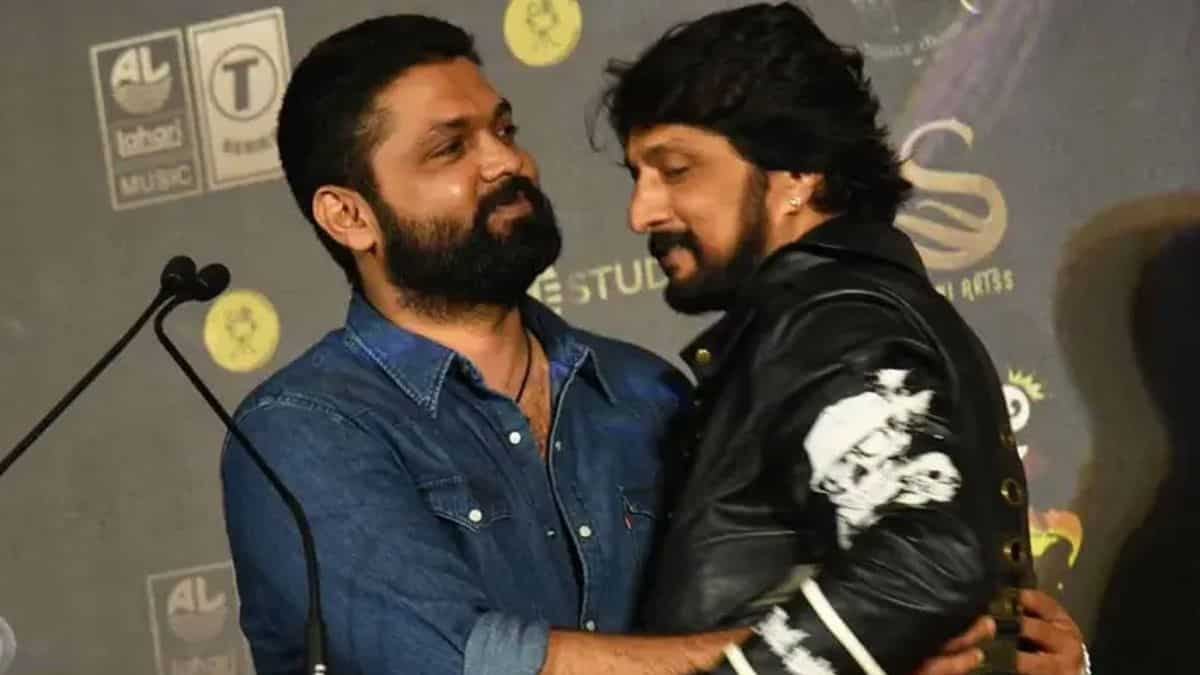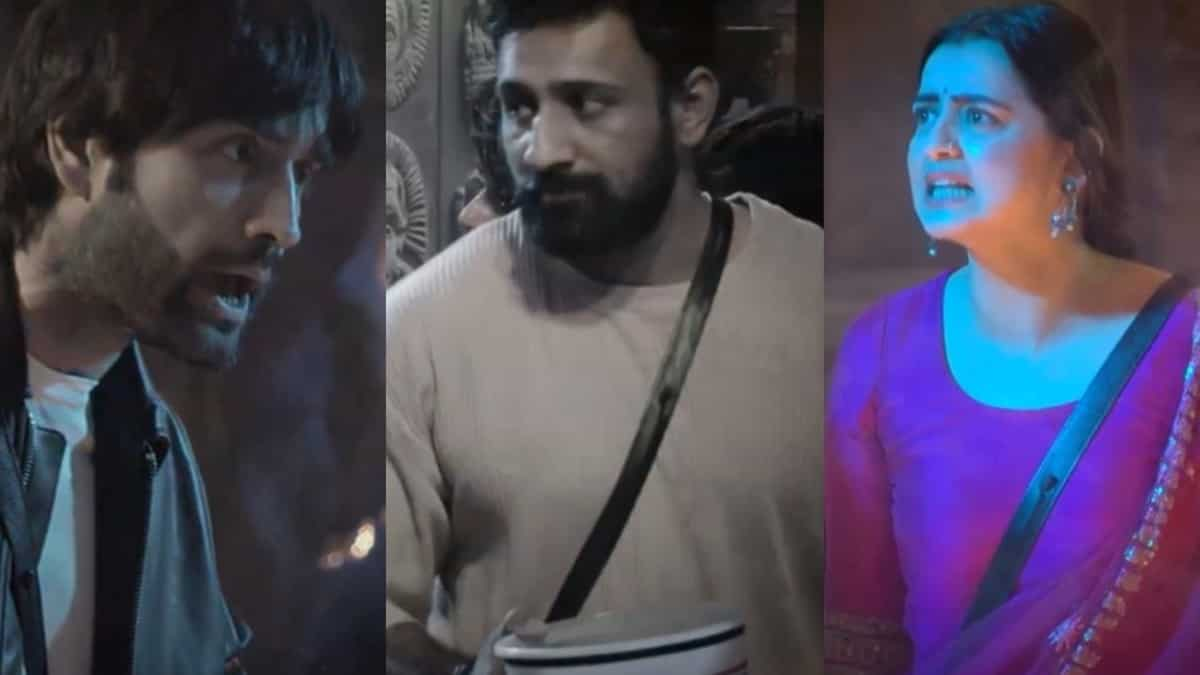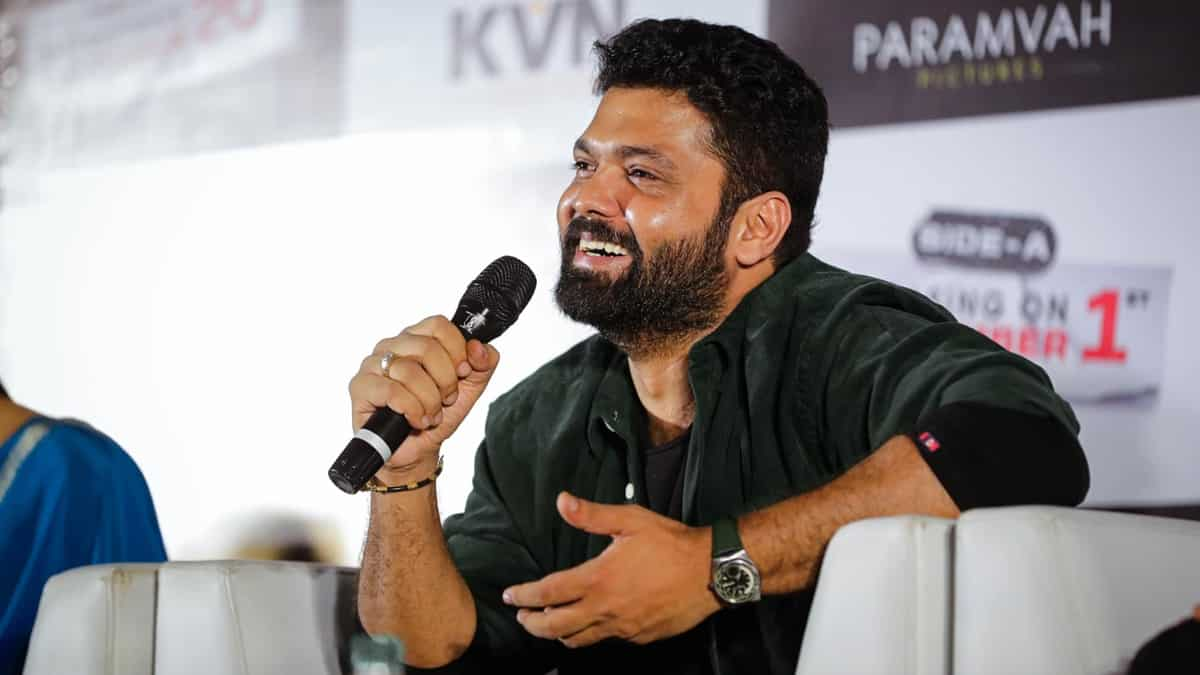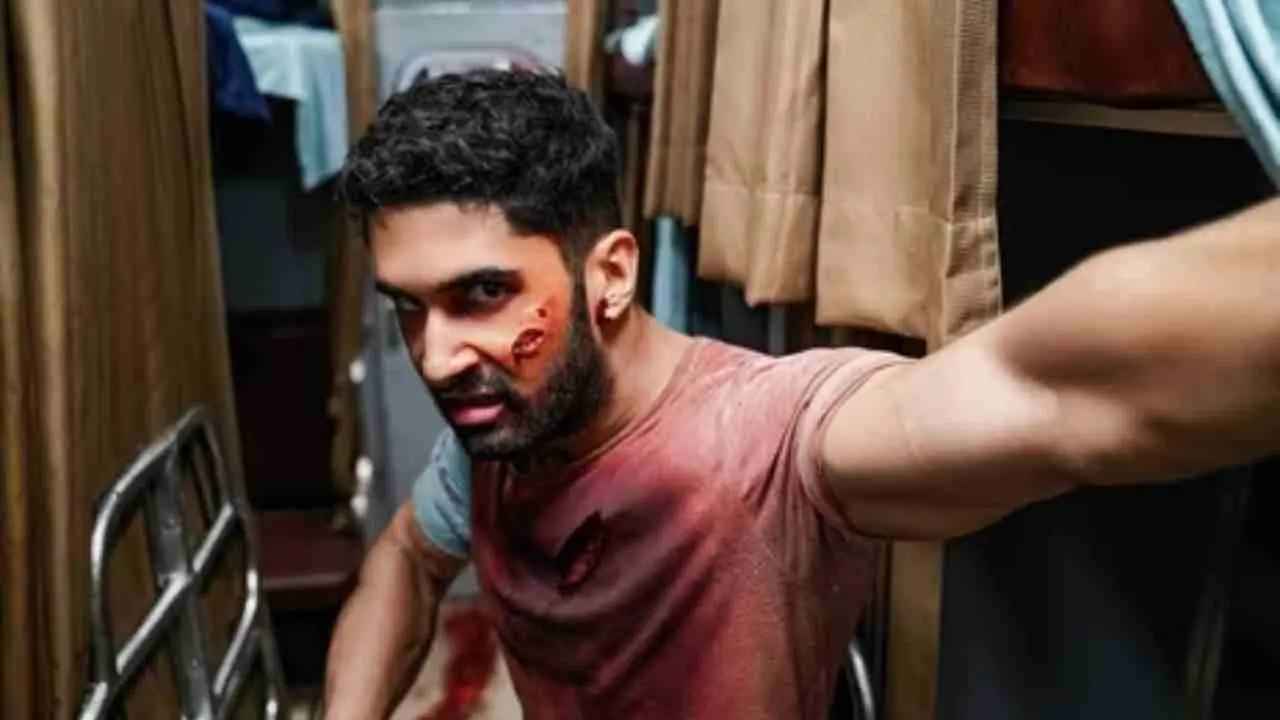
Exclusive: Kill action director Se-Jeong-Oh on how he dialled up the gore on a moving train
4 months ago | 41 Views
Nikhil Nagesh Bhat's Kill has pushed, stabbed, and pummelled the envelope. The extreme violence film, co-produced by Guneet Monga's Sikhya Entertainment and Karan Johar's Dharma Productions, hits high standards of gore and bloodshed, probably what the Indian audience hasn't seen on the big screen so far.
In an exclusive interview, Hindustan Times chats with the film's South Korean action director, Se-Jeong-Oh, on how he designed the relentless action, utilised the limited space of a train, and dialled up the gore. Edited excerpts:
You've choreographed the action for several Bollywood movies in the past, like Fan, War, Tiger 3 and Fighter. How different was Kill from all of these?
First of all, the biggest difference is the R-rated action. The films you mentioned are larger in scale, and one can feel joyous entertainment while watching the action, but for Kill, I had to discuss a lot with the director Nikhil sir on how cruel a person can get with the feeling of revenge.
You've also designed action set inside a moving train before, in projects like Snowpiercer. How did you make Kill different, more Indian, from those?
For Snowpiercer, director Bong Joon-Ho had prepared a clear image of exactly what he wanted, so I expressed his thoughts with the physical movements and gave advices on practicality, rather than having my creative inputs. The texture of the action in Kill and Snowpiercer is so different that it’s difficult to compare the two films.
For Kill, it took a lot of time for me to conceptualise realistic action for each and every character. I think we had to modify each sequence more than 5 times. I can say that the Korean action team, the Indian action team, and the cast spent about 3 months rolling, hitting, and falling inside the train set. Even after the shooting was over and I had flown back home to Korea, it felt like I still had to go to the train set for work; my heart was still there.
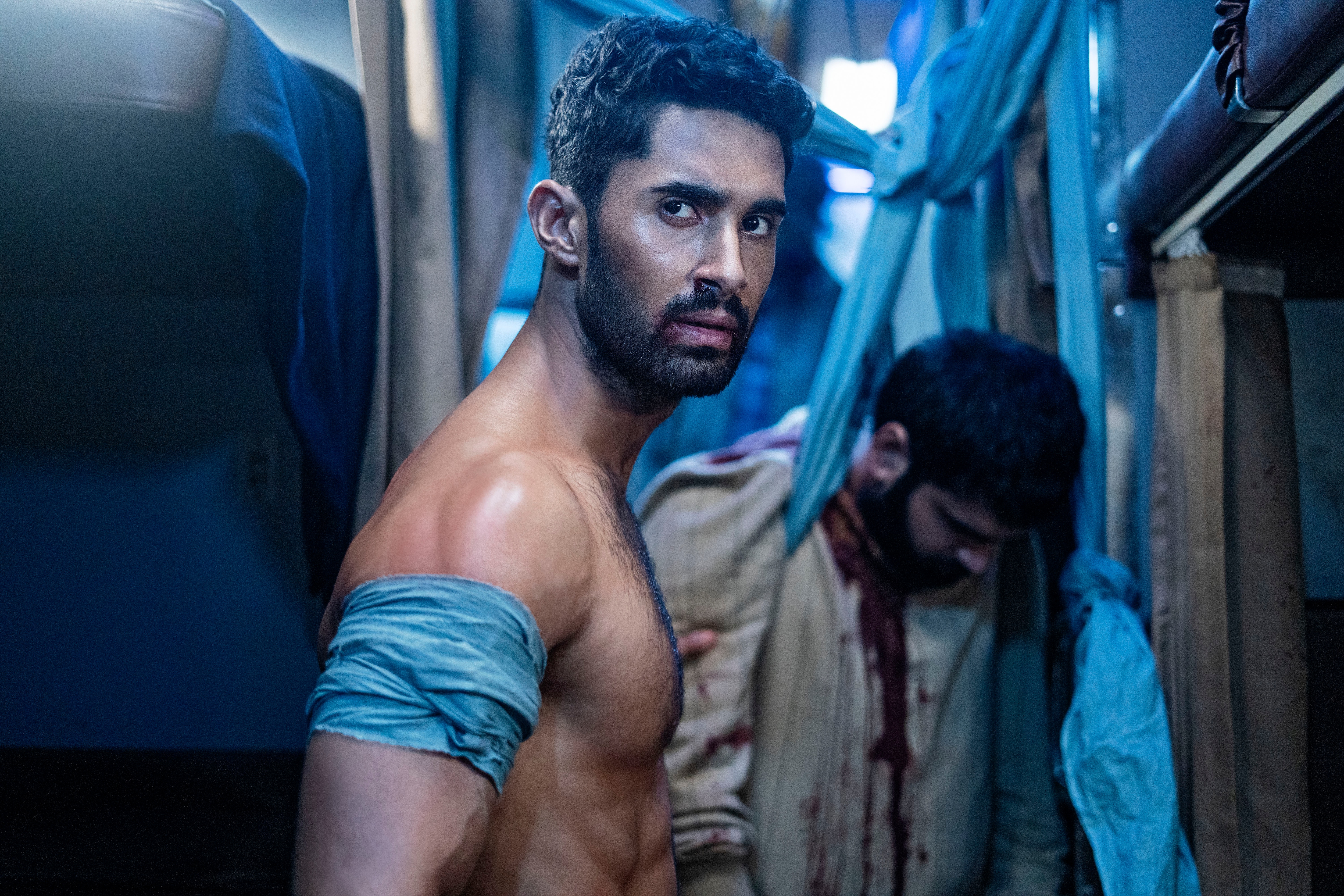
Indian trains are known for being compact. How challenging was it to stage the action in such a limited space? Did it complement the action in any way?
Honestly, I was shell-shocked when I first saw the train and noticed how narrow and compact the space was. But I changed my mind to use it as an advantage if I can’t change the entire train. And it wasn’t just a difficulty for the action team; the entire crew had a hard time working in such a limited space. As an action director, I could only think, “let’s design the action that suits the space. If we need to stay only inside the train, let’s utilise every element in it”. And I designed the action based on this mindset.
We see everything from berths to the toilet seat being used as props in action. How did you choose the weapons inside the train, besides the knives and guns that were brought from the outside?
Most of the weapons were suggested by Nikhil sir, and also, I suggested using the passengers’ belongings and the elements inside the train. Also, many props were suggested by the art director (Mayur Sharma). Through a number of meetings, we narrowed down to what you see in the film. And of course, everything that was used had to be approved by Nikhil sir. The cast had to practice a lot because the physical movement and the usage varies depending on the type of weapon and the props.
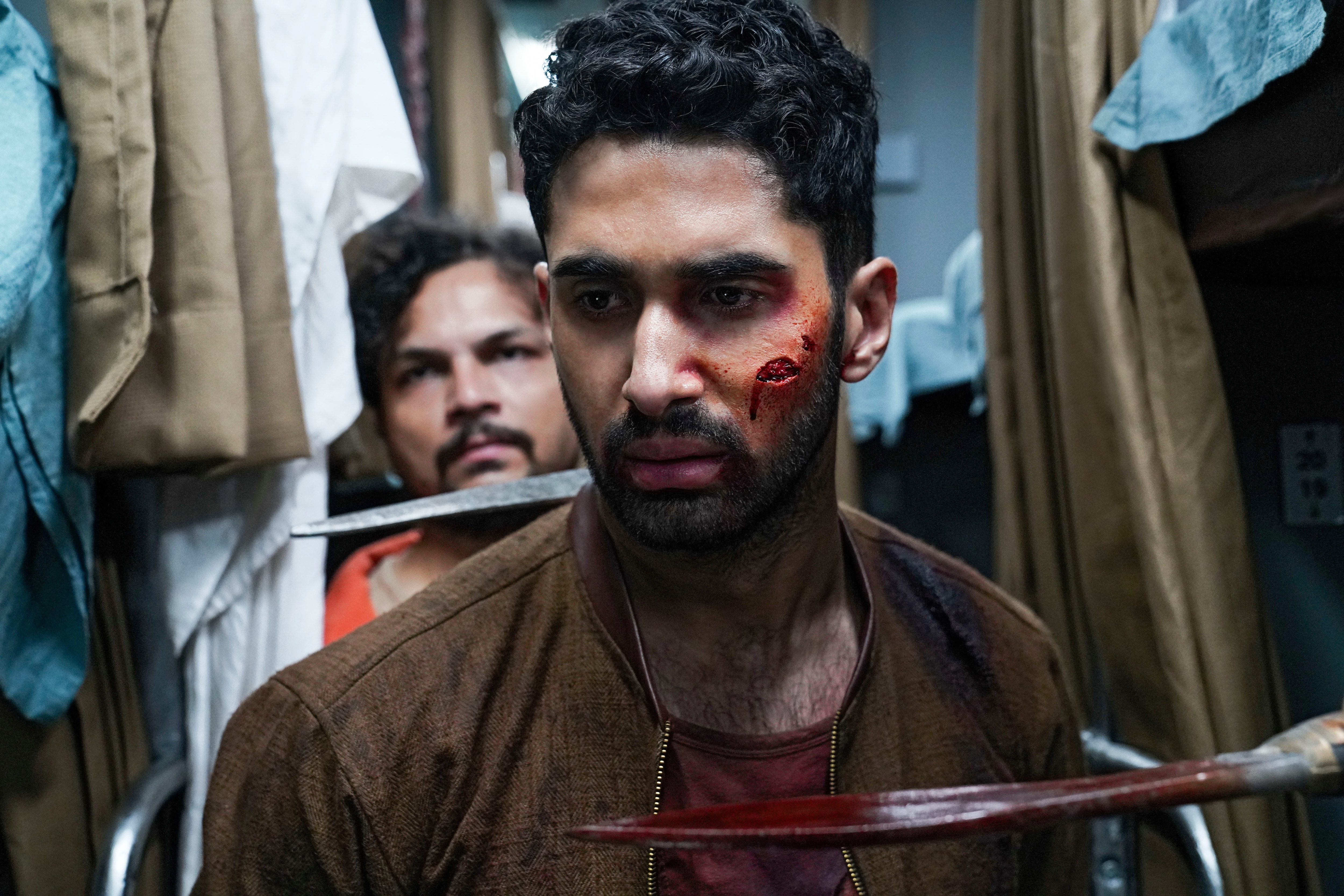
What was your brief to Lakshya, Raghav Juyal, and the other goons? How did you choreograph their clash of action styles?
I’m sure the cast members understand me better now after watching the final edit of the film, about the briefs I had given them while we were training for the action. It’s a human’s instinct to protect themselves against hits, attacks, and falls. And I remember emphasising that we should overcome that instinct. The actors should look like they actually got hit and are really in pain, in order for that feeling to be conveyed to the audience.
I told them that it would actually hurt more if we have to go for so many retakes, so it’s better to go full out only once and apologise to the opponent once we get a sign that the shot is good. It was a very cruel direction I had to give them. Of course, the Korean and the Indian action team, including myself, demonstrated the same recklessly. We were really working as one team, with the same intention and goals. I am very thankful to all my cast members for following my cruel and ignorant directions.
Kill is an extreme violence movie. Did you, at any point, consider toning the gore down for the Indian audience?
I believe Nikhil sir can better answer this question. While working on Kill, I had to question myself a number of times whether we can do such gory action. I was skeptical whether this level of violent film can even be released. But Nikhil sir was the one to approve the level of cruelty/violence, and I tried to design rational and realistic action as much as possible.
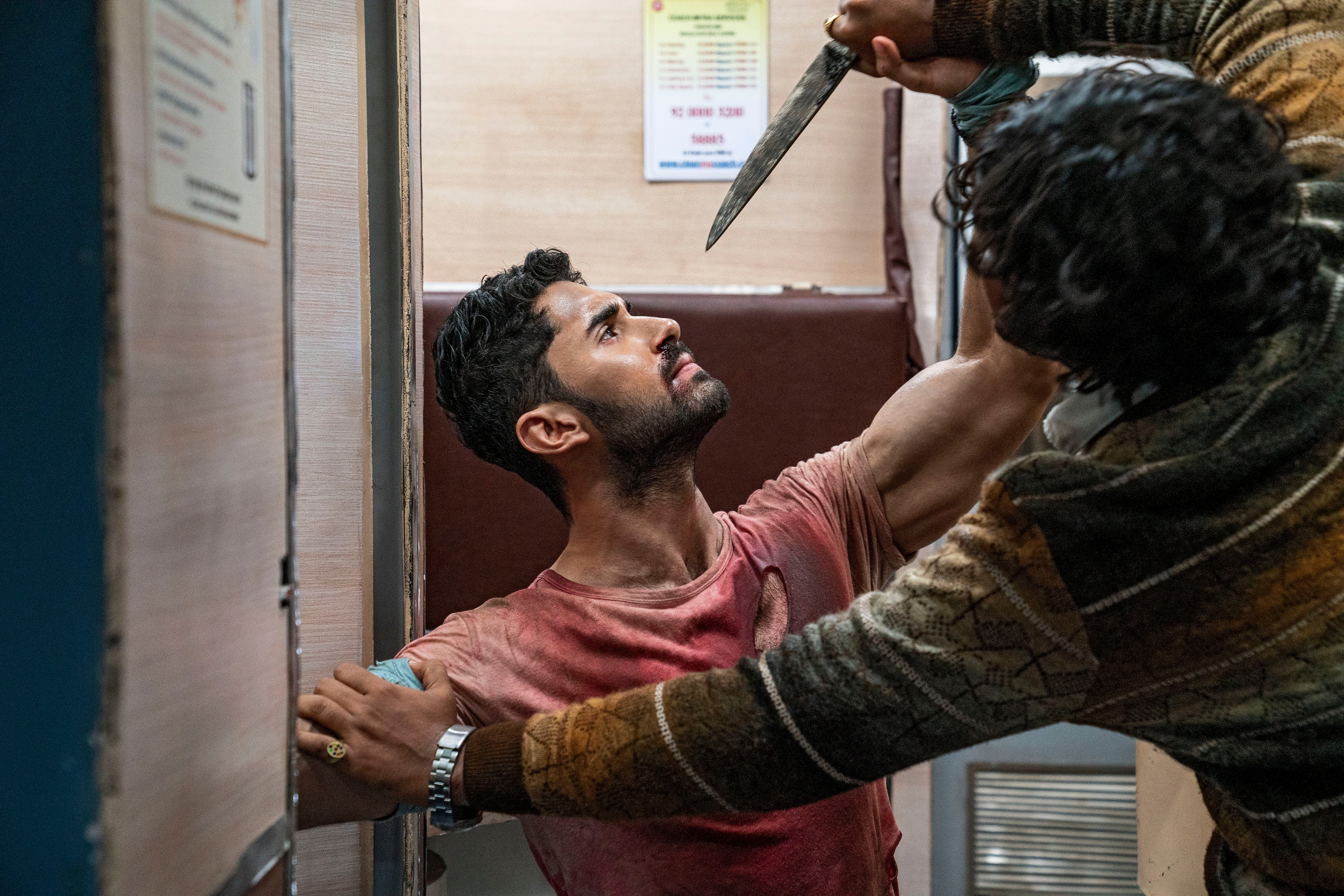
How did you ensure that the audience gets a breather just at the right frequency so that they don't get numb to the relentless action?
I don’t know if I can answer this question clearly. It may be difficult for the audience to notice, but all action directors create a four-act structure (introduction -> development -> turn -> conclusion), while designing the action sequences, just like how films are made generally. Of course, this four-act structure of the action is something that only the action team would know. We create an “action story” from one movement to the next. We go through trial and error of different versions of the story for one single movement. The audience won’t notice all of our action stories, but I think the feelings can get conveyed.
For example, to show a cruelty of, let’s say, level 7 out of 10, we need to design an action that convinces the exact level of cruelty (7/10) needed. I also discuss with the cast members about these feelings. For example, it’s very rare for an average person to be stabbed or stab someone in real life. So they won’t know the feeling. So I try my level best to be as detailed as possible on explaining how it would FEEL like to stab someone or to be stabbed. After the brief, the cast members don’t only perform cruel action, but they also input their emotion in action. Once there is emotion in the action, audiences can be persuaded and can empathise.
How would you rate Kill as an extreme violence film, as compared to the Korean films from the genre?
Compared to the Korean films, if Kill gets released in Korea, it won’t be rated as an extreme violence film. It would be considered a top-notch revenge drama. The law is far, but the fist is close. A desperate revenge drama… It would be categorised something along that line.
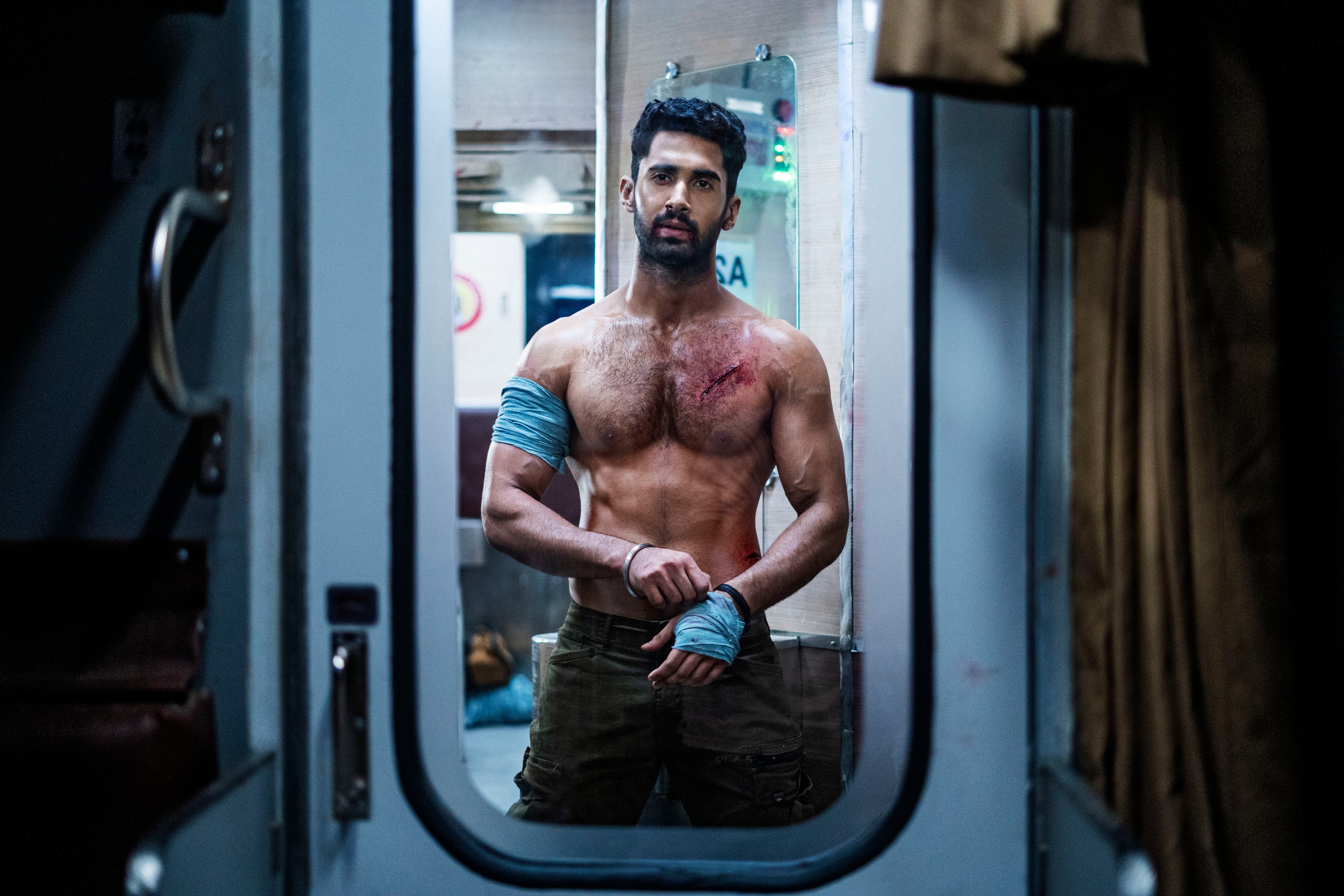
What's the most common thing that action movies set on a train like these get wrong? How did you correct that in Kill?
The downside of a train set is that all the compartments look pretty much the same. The back compartment is not so much different than the one in front. Although we move within the train, the spaces look so similar that our mind gets very restrictive on coming up with new action design in a new compartment. For Kill, when my brain couldn’t get any more creative, I have asked the direction team and the producers whether I could call off my work for the day to reset my mind.
It was quite ridiculous for me to say, “I’m going to call off my work for today early”, but the crew members were always supportive and understanding. I think their support arose purely from the respectfulness and trust we had for each other. Maybe the Indian crew members always have this trust in between them, and I just happened to be there with them.
#



